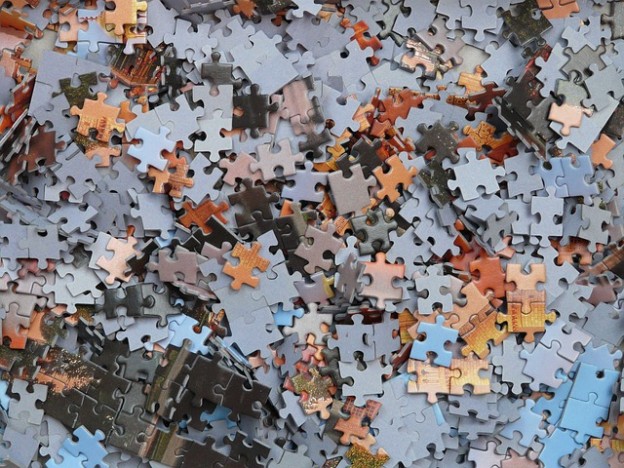You can discover more about a person in an hour of play than in a year of conversation. – Plato
Games liven up a space, and they bring out the best and the worst in us. While playing, we design, connive, think creatively, fight on, give up and unabashedly show our emotions on the field.
Games have the power to help us learn about ourselves. All it requires is a little meta-cognitive thinking triggered by some Socratic questioning by a facilitator.
As a game designer, I’ve had the great fortune to keenly observe the process of learning through games. This helped me arrive at a progression pattern that most of our classroom games follow. Take a look:
1. Chaos and Understanding of Game Mechanics
Learners concentrate on understanding the mechanics of the game, they ask a lot of questions, and are in a state of chaos. This is the exploratory phase, where things may not be in complete order. Usually people begin to make sense of the game at this stage.
In a well-design game this phase lasts a short time.
2. Intense Play
By this stage learners have understood the game and are immersed in it. They team up to device strategies, brainstorm, or just simply jump into the game to try and explore. A lot of discoveries about the topics under study happen in this phase. Learners may draw upon past experiences and knowledge. Relationships among players and opponents emerge, and emotions begin to run high. The classroom’s decibel levels are very high at this stage.
This phase is full of discoveries, formation of new knowledge, drawing up on past knowledge, formation of relationships, and learning through connections. This is the stage that players will usually reflect back to once the game is over.
3. Concentration on the End Goal, and Competition
During this phase, the end goal takes over and learners concentrate on winning. This is a phase of heightened activity, where learners are in action, executing their strategies and thoughts. Competition among groups/individuals usually peaks at this stage.
Teams practically apply the topics under study and they may need to rethink concepts, strategies, and previously held beliefs. Facilitators may intervene to help losing teams to understand their situation very well.
4. Realizations
This is the last phase where winners emerge, and almost all teams have an “aha” moment of discovery, either by having played the winning game or by observing other teams.
This is where they start to look back at what they did during the game. Talk about what they did right or where they went wrong starts to emerge. People may try and buy more time to correct some actions.
5. Reflection
Good learning design usually helps facilitators to grab this opportunity to help learners reflect on what they actually did, and what they could have done. We usually make all our games reflection heavy, because this is where the learning becomes relevant and obvious to learners.
A lot of meta-cognitive thinking helps learners reflect back on their thoughts, behaviors, strategies, misconceptions. This phase is debate and thought heavy. Learners have several “aha” moments at this stage too and realization dawns on them about their own and their team’s actions. This is where a large part of the learning takes place.
6. Formation of Far and Wide Connections
This is an extension of the reflection phase where facilitators help learners connect their learning to real life situations, their job, and the tasks they perform.
Extension to real life and formation of connections with other things helps learners imbibe the concepts taught and take the learning with them forever.
